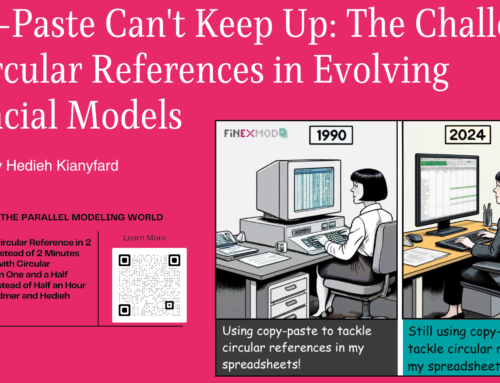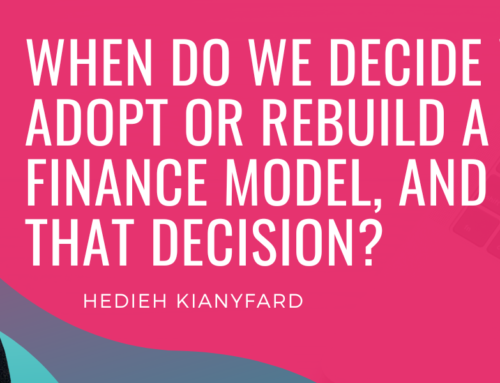I am a financial modeler and a lecturer in project appraisal and project finance modeling.
As a lecturer, I see people who come to the training can be categorized into two groups:
-
Group 1: Those who like project finance modeling
These people somehow get satisfaction when the balance sheet balances. Because they like it, they will learn and even go beyond the course curriculum. These people can create scenarios in their minds while they learn the mechanical steps. Their minds effortlessly discover practical cases and examples in which the presented tools and teaching materials can be applied. Usually, this group doesn’t need to take the basic level of training in financial modeling but rather invest in training to learn about advanced and specialized financial modeling skills.
-
Group 2: Those who don’t like project finance modeling
For some strange reason, these people believe that financial modeling is boring. These people are mainly attending the course because the company forces them. They don’t like the subject, but this doesn’t mean they don’t have any interest in learning it! They mainly consider financial modeling as a stepping stone to higher positions. They might be incentivized to learn if the ambition to get into a higher position is strong enough and they understand the importance of financial modeling in a deal. But I aim to make them like it! And eventually, transfer them to group 1 by the end of the training.
How can I make someone who doesn’t like my content like it? How can I show another financial modeling perspective that is appealing to anyone?
- Show them cool Excel tricks.
- Hypnotize them with a Monte Carlo simulation
- Tell them about how important a financial model is in a project deal
- Apply a straightforward step-by-step approach
- Get them involved by making the class interactive
- Leave them alone and let them learn what they want to learn, and the rest, they can learn from the teaching materials when and if they need to
- Make the content more practical.
All the above measures are great but based on my experience, the last bullet point is the most effective measure. Practicality means usefulness, and that’s good enough to provide an incentive to learn. But I wanted to enforce the feeling of usefulness with another emotion, which is ease.
So, the next logical question is: How can I bring practicality and ease into my project finance modeling teaching content?
The answer came straight to me: “storytelling”.
This was when I was writing my book on hints and tricks for reviewing project finance models. I wanted the quality of storytelling to be reflected in the reader’s mind while reading the book.
So, I talked to a friend who runs a successful business and told her about the idea of mixing storytelling with financial modeling. She didn’t like my idea. She told me: “Do you think these bankers have the time to listen to your stories? They want you to get straight to the point!”. Yes, she thinks only bankers deal with financial models!
I first thought about what she was saying; there’s some truth to it, but not necessarily. Adopting a mechanical step-by-step approach to teaching works only for people already incentivized to learn a skill. Also, everyone likes stories, and so many exciting stories about project finance deals exist. Some of the stories I have witnessed can be transformed into soap operas. Professor Edward Bodmer has made a perfect analogy between Project Finance Theory and Marriage Contracts. He refers to the financial close date as the engagement date, the commercial operation date as the marriage date, and the decommissioning as the funeral date.
So I didn’t listen to my rational friend and named my book “Financial Model Detective” because I wanted to bring the storytelling into the reader’s mind. To give them the image that they should be curious, observant, and have excellent reasoning and communication skills as a financial modeler. Since then, I have tested how to incorporate storytelling into my teaching materials.
The best way to learn the financial model is by doing because you will not hear stories but live them yourself. But it is safe that before you jump into the sea of project appraisal (Sharks are for real!), you learn from other people’s stories and, most importantly, how to provide solutions to the problems that will be presented to you.
I am thrilled to tell you today that I will be teaching this October in Dakar with the Université Polytechnique de l’Ouest Africain, together with an excellent casting crew, Professor Edward Bomder and Ndiengoudy Ibrahim Sall. If you are interested in coming and joining us, you can check out for more information here. I guarantee you there will be a lot of storytelling and stories to live and learn together.
Thanks for your time reading and sharing my thoughts.


